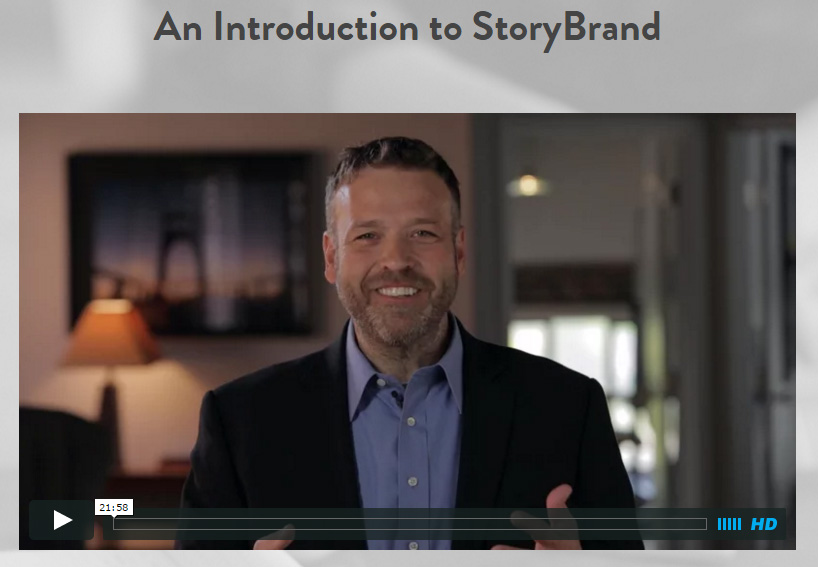They say a picture’s worth a thousand words. Well, here are two pictures and I’ll slash the two thousand words I could have used to make my point. Deal?
The old way to market (and publish) things:
In print marketing we spread the word about our product (our book, movie, art, or gadget) as widely as possible, hoping that we hit someone somewhere that wanted to buy it. I was appalled when I learned in business classes that direct mail marketers were thrilled with even a 3% or 5% action rate. There are few easy ways to know which home we advertised to had people of the right demographic, or whether they were interested at the moment they saw our material.
Just guessing here, as I’m not in the print publishing industry, but I imagine that publishing a book takes so many resources and burns so much time that it is important to appeal to as wide an audience as possible in the hopes of getting the most number of sales to offset the expense.
Under this paradigm, you need tons of cash (or popularity) to throw your message net as widely as possible.
You also tend to make products that appeal to as wide an audience as possible.
(Thus the horrendously predictable formulaic plots and characters in the majority of Hollywood movies.)
The new way to market (and publish) things:
Bullseye. Direct hit. Know your audience. Find them. Target them.
Period.
You don’t need to tell 90,000 people who aren’t interested in your product about it. What a waste for everyone concerned! You need to reach the 10,000 people who are already looking for it.
There’s hardly any overhead to producing digital products, finding your audience isn’t terribly difficult, and the creator (you) gets a higher percentage (much higher) of the profits so you don’t need to reach as many people to make the same amount of money.
Rather than going into detail about the ways you can use technology to find and target your market (that’s a series of posts for another day), I ask you to ponder a key shift in thinking:
1. Stop trying to make your product appeal to a wider audience.
2. Focus on what makes your product unique — and emphasize that.
Be original. Be yourself. Be unique! If you created a widget to make it easier to get garlic cloves out of their shells, don’t try to sell it to America. Don’t even try to sell it to every cook and chef in America. Market it to the people who make Italian food, love Italian food and don’t ever make a meal without fresh garlic.
Think about your business. Are you a writer, an artist, a filmmaker, or a business person?
What element of you or your business does your customer tend to talk about? What do they like about you? Are you reliable? Are you funny? Do you specialize in something?
Leave a comment and tell me: How would you narrow your target market, rather than widen it? Describe the kind of customer who would go nuts over what you’re offering and would tell 10 of their friends how great you are.






3 Comments
Kevin Knauss · at
It is tough to find the audience that has no specific demographic. I really want to work with people that value information and want to make an educated decision. They have not started the “I want to be informed”‘ club, when it comes to insurance. So I try to set myself apart by exposing some of the scams in my own industry. My last blog post was on discount cards for health services and how they are a scam. Unfortunately, most of the will be fellow insuance agents. On the upside, maybe they’ll leaver lots of nasty comments on my blog post. Any PR is good PR.
Teddi · at
I hear you, Kevin. I think coming up with strategies for targeting your demographic can be daunting at times… but I’ve come to think of it as a fun challenge. I try to think like a detective who is profiling a suspect. It’s a brainstorming thing, and also one where I let things simmer for a while.
I try to imagine my reader and brainstorm some of the things they like. I research some of the keywords I come up with to see if it’s leading me in the right direction. Then I let it simmer and daydream about it off and on for a few days (or weeks) and more bits come along until I start hitting gold.
You’re already thinking in the right direction: People who are searching for info about scams are definitely part of your target. You might even try targeting people who look up info on email hoaxes and urban legends. Or people who look up info on how to get better gas mileage.
Your demographic would include people who are asking savvy questions about the practicalities of life. Think outside the insurance box. What about people who are researching investment and finance tips? They are the type who are pro-active in getting info and making a change in their life based on what they find.
The Google AdWords keyword tool is great for seeing how much a search term is being used (and related search terms and exact spelling that people are using).
They even have tools for finding out who is tweeting about certain search terms.
Keep at it! The Net is only going to get better and better at connecting people together.
Doug Wolven (alias Captain W) · at
Loved this closer: “…Be original. Be yourself. Be unique! If you created a widget to make it easier to get garlic cloves out of their shells, don’t try to sell it to America…Market it to the people who make Italian food, love Italian food and don’t ever make a meal without fresh garlic.”